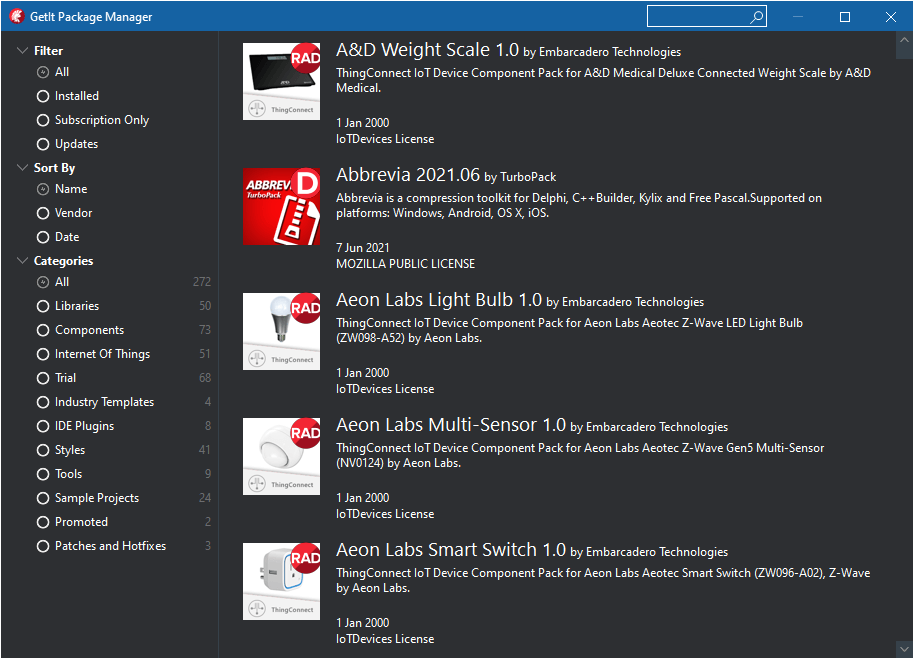
PHP is a renowned option for backend developers for building customized solutions. This can be established from the usage statistics of PHP.
Utilizing PHP frameworks is essential for speeding up the web development process. Nowadays, various varieties of PHP web application frameworks are present on the internet. Amongst the numerous PHP frameworks available for web development, the two most popular frameworks are Laravel and CodeIgniter.
There is a lot of hustle between these two frameworks, i.e., which is more suitable for web development. In this post, we will be analyzing these two most popular frameworks based on distinct factors. It will help us understand the underlying differences between the Laravel and CodeIgniter frameworks. Before that, let’s briefly know about both these frameworks.
What is Laravel?
It is an open-source, commonly utilized PHP framework. It is a dedicated PHP framework that follows accurate and expressive language rules. This platform is suitable for creating web development by using MVC architectural patterns. It is launched under the MIT license, therefore, hosting its source code on GitHub.
Various renowned names use Laravel as the framework Laracasts, Global Dietary Database, Toyota Hall of Fame, Explore Georgia, Bonappetour, Startups, to name a few. However, if you also aspire to build a robust web solution Laravel, you should bank on a reliable Laravel development company.
What is CodeIgniter?
It’s a robust PHP framework built for developers who like an easy and elegant toolkit to make full-featured web applications. CodeIgniter is the best-suited framework for developing dynamic websites utilizing PHP.
This framework offers complete freedom for the users as it is not dependent on the MVC development pattern. Additionally, third-party plugins can be used to execute complex functionalities. It also provides excellent security and encryption procedures.
CodeIgniter is a suitable platform for developing eCommerce websites. Various popular websites using CodeIgniter are Casio, Nissan, Creditflux, Buffer, The Mail & Guardian, McClatchy, Bonfire, to name a few.
Point of Difference Between Laravel and CodeIgniter?
1. Construction and Updates
Laravel web development files are organized using the model-view-controller (MVC) pattern. Moreover, there is also a command-line tool known as the Artisan.
Together with the MVC architectural pattern, onboarding turns out to be a simple process. It is advantageous to use object-oriented programming patterns as per the needs of developers.
2. DBMS
Laravel supports IBM DB2, PostgreSQL, Microsoft SQL Server, MySQL, JDBC compatible, ORACLE, and orientDB.
Codeigniter supports MongoDB, Microsoft BI, PostgreSQL, MySQL. Also, support is available for Oracle, Microsoft SQL Server, and DB2.
3. Inbuilt Modules
A project is split into trivial modules using the Laravel framework’s modularity features.
Codeigniter isn’t responsible for providing any inbuilt modularity features. Developers can make use of the Module Extension.
4. Popularity
It has more vogue compared to CodeIgniter. Laravel can use the communicative pattern, which experienced developers favor.
It is easy to use in 2. x, and hence, most of the web developers choose CodeIgniter.
5. Facilitation of RESTful API
A RESTful Controller method further assists the Laravel developers in generating REST APIs.
There is no easy and streamlined creation of REST APIs with Codeigniter.
6. Online Support
Authorized documentation is available for Laravel.
You can use CodeIgniter without prior knowledge, thanks to its inbuilt functionality.
7. Template Language
Laravel provides a Blade template engine.
CodeIgniter offers PHP proprietary.
8. Database model
Laravel works on a Relational object-oriented framework.
CodeIgniter enables object-oriented frameworks.
9. Authentication
For Laravel developers, it’s much easier to facilitate authorization using the authentication class trait.
CodeIgniter does not offer inbuilt authentication traits. So, the CodeIgniter development service providers need to authenticate and authorize the users by scripting custom CodeIgniter extensions.
10. HTTP Support
Its programmers can define custom HTTP routes using it. Developers can specify a precise URL for every HTTP route with this technology.
CodeIgniter does not ultimately facilitate HTTP. Therefore, its developers can use URLs to maintain data transmission by forming paths safely.
Concluding Thoughts!!
Now here comes the answer to which framework is better, CodeIgniter or Laravel. In this blog, we have clearly shown that both the PHP frameworks are robust and best in their way.
Laravel’s predefined structure makes the backend development simpler. At the same time, CodeIgniter Framework is easy to implement and understand. Additionally, it does not need additional authentication features. Both the PHP frameworks provide extensive and exclusive features. Therefore, the answer is dependent on the requirements of the project.
If you are looking for a way to build an attractive website with engaging content without the increasing overhead components or extra costs, then Laravel is the right choice for you. But, if you want a Lightweight web app with striking features and an appealing interface combined with top-notch security, then you should opt for the CodeIgniter Framework.








